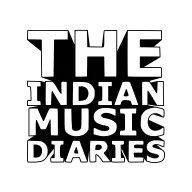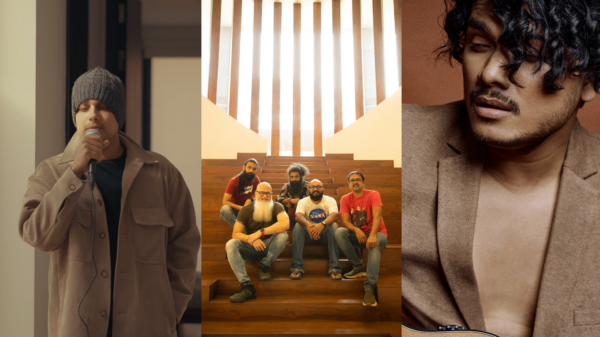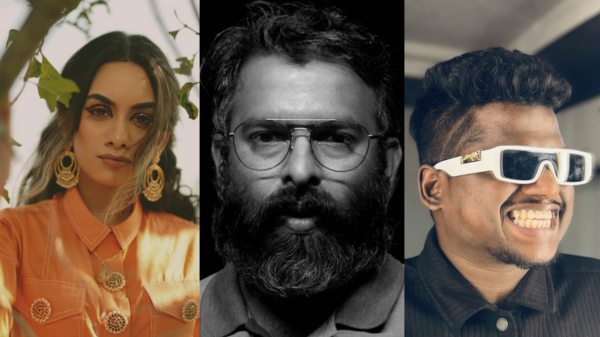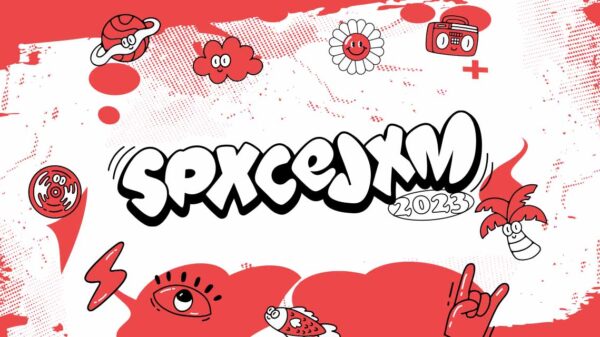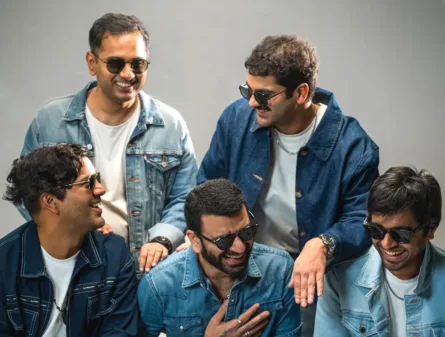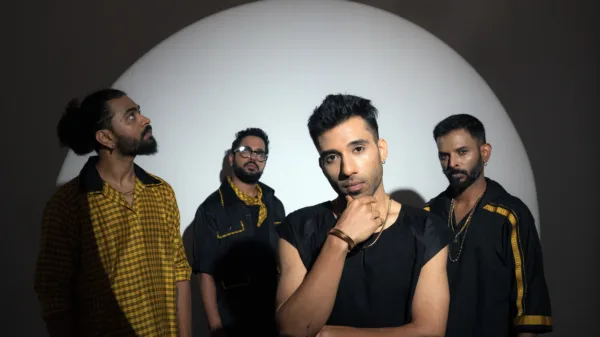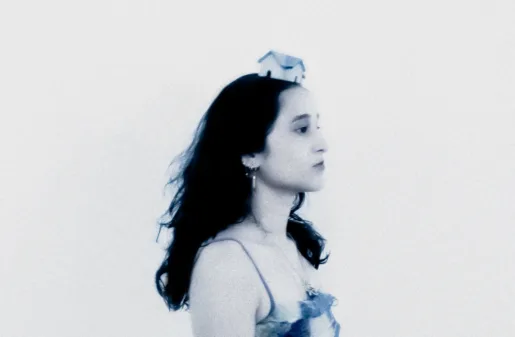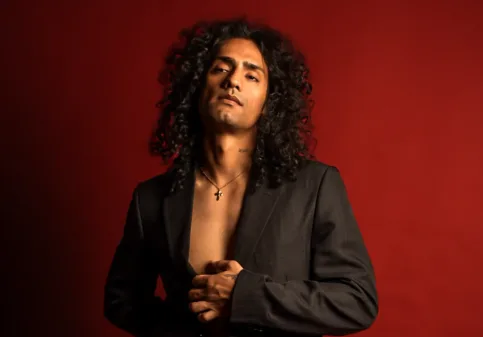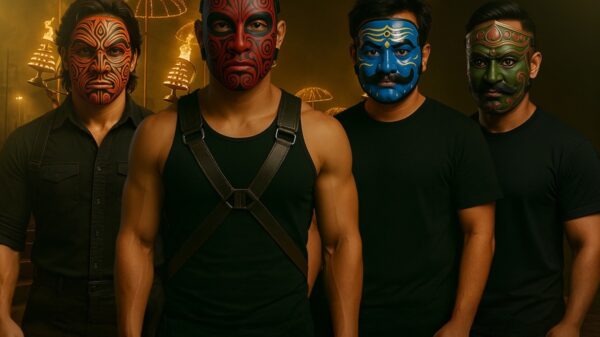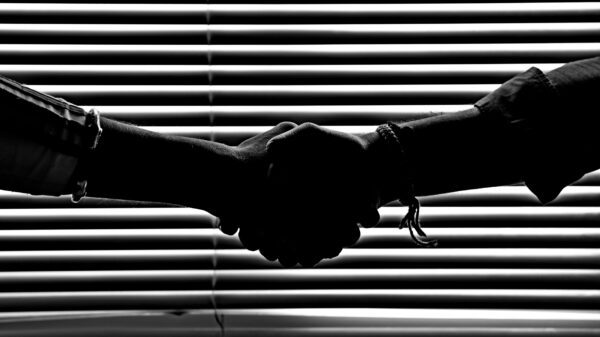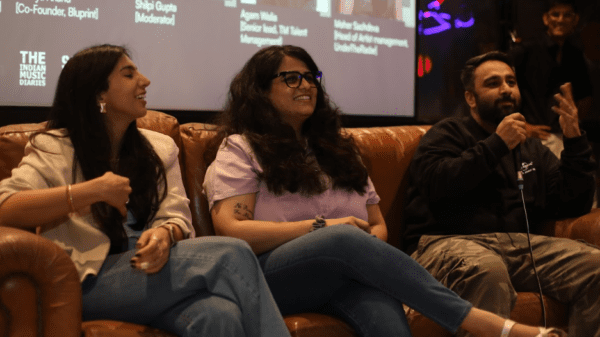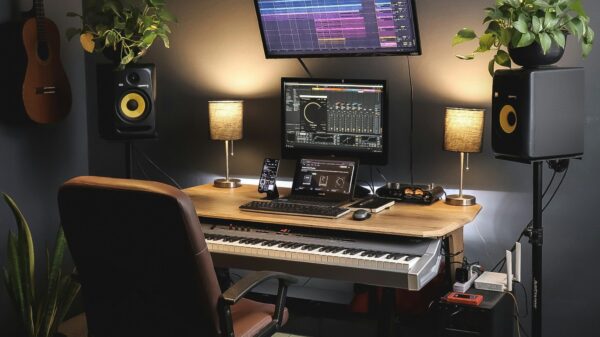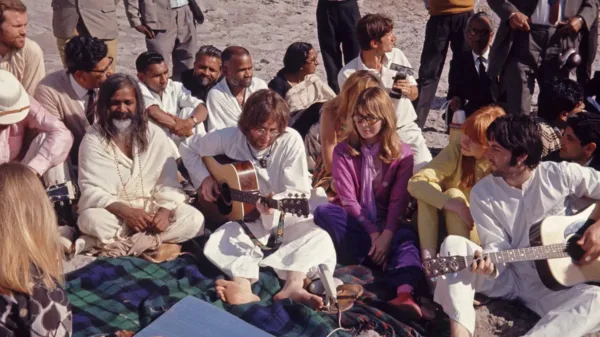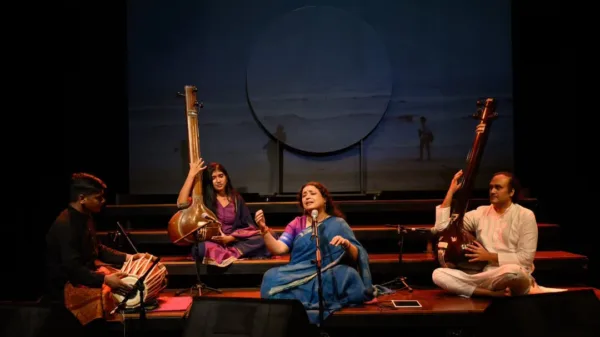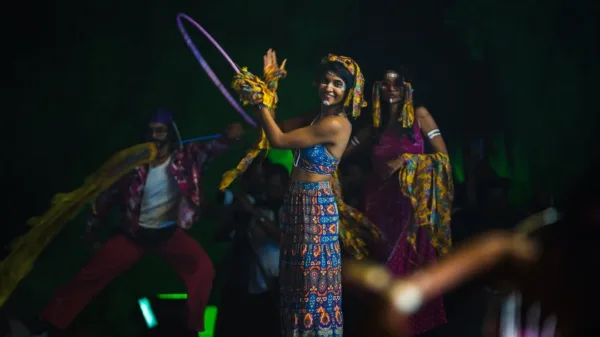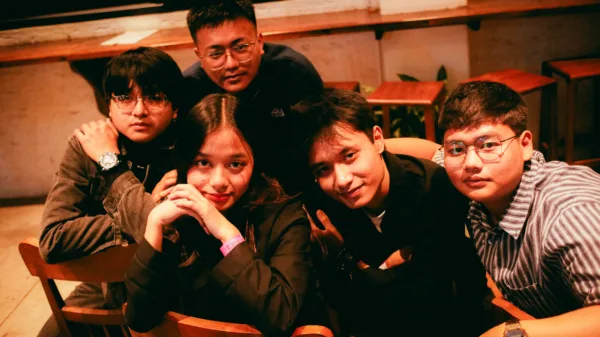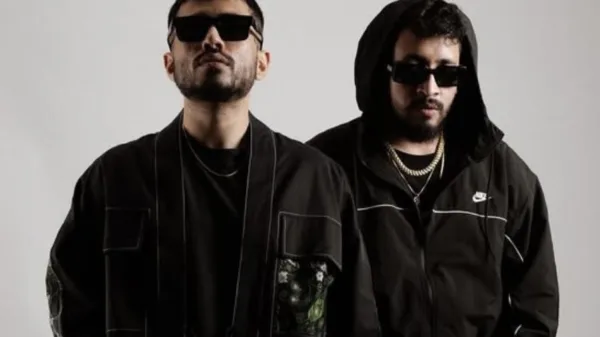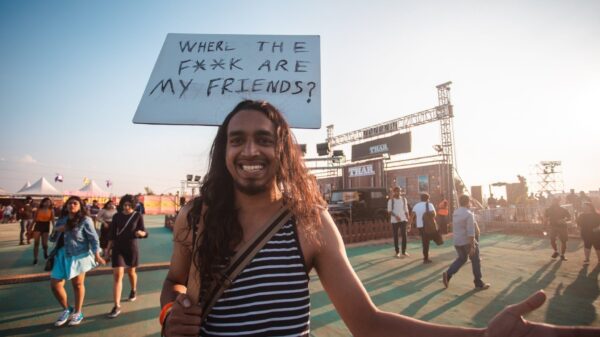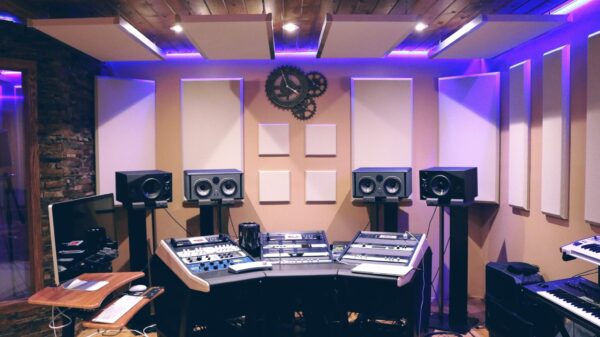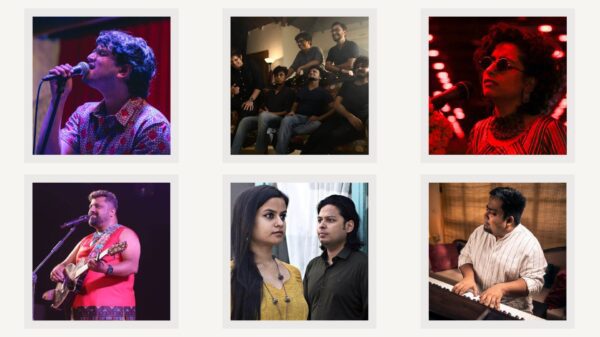By Koka Tarini Siddhartha. Counsel at Lexic, a legal consultancy for individuals and entities in the music, tech and media industries. Edited by Sandhya Surendran, Founder and Counsel at Lexic.
We figured “sync licensing” grabbed your attention but before we dive deep(ish) into the concept and break it down for you, we offer you a treat in the form of Redbone’s Come and Get Your Love(1), only because it will help set the mood and we’ll also make it a productive listen by letting you know in advance, we will definitely be referring back to this song.
Now to the serious stuff…
As lawyers working in the music scene, specifically the indie music scene, we are greeted with at least ten questions when we introduce ourselves. The silver lining is that we no longer have to answer questions about whether or not an artist needs to sign a contract (we’re past that hurdle), but rather ways to negotiate rights and monetise music. Finally! Artists are coming to terms that creating music and music business go hand in hand.
It’s also been interesting to see the shift from artists not just wanting to monetise their music on audio streaming platforms but also on OTT platforms like Netflix and Amazon Prime. Understanding sync licences and getting involved is not another passing cloud in the music industry, but is something artists have come to realise is more than necessary. To begin with, let’s rewind a little and go back to the basics.
Three copyrights in one song? How?
Every song has three components – lyrics, composition, and sound recording – each with a copyright. The way copyright works is that the minute you create something, you have a copyright over it; irrespective of whether or not it is registered. Authorship and ownership of each component of the song might vary, but fundamentally, every song has three copyright owners.
Lyricists and composers may either (i) choose to give away their rights to a third party or (ii) hold onto them, in which case they are, both, the authors and copyright owners of the lyrics and compositions. The record label or company that produces and records the song (lyrics and composition) will invariably be the copyright owner of the sound recording. Simply put, the split is 25% (lyricist) + 25% (composer) + 50% (record label) (2).
- (1) Avengers: Endgame is the highest-grossing movie of ALL time, beating Avatar, and you thought we wouldn’t use Quill gyrating to his Awesome Music Vol. 1 on Morag as an example?!
- (2) Record labels have a bigger share as they invest more to produce, mix, master, communicate, market, reproduce, and distribute the sound recording.
Which licence applies to what right and… how does it all work?
Depending on the impending use, there are several licences including sync, master, mechanical, and performance licences. We will focus mainly on the first two for this post.
Music synchronisation licences or more commonly “sync licences” are necessary when there is a simultaneous use of audio and video. When music is synchronised to a video either on television shows, advertisements, video games, movies, etc., the director and producer of the video will have to obtain a sync licence. The concept of sync licences is largely borrowed from the United States as the music and media industries in general are more established and structured in comparison.
If a person uses only the lyrics and composition from a song in a video, a sync licence will be sufficient. However, if the original sound recording is used, two licences will be required – (i) a sync licence for the song, and (ii) a master licence for the recording from the record label; this is because the sound recording includes the lyrics and composition as well.
Let’s go back to the example from the beginning: Come and Get Your Love is a popular song and is played at the start of massive, large budget Marvel movie, Guardians of the Galaxy Vol. I. The scene is important in the character development which makes the song even more valuable. Since they use the original sound recording in the movie, the producer would’ve had to get a sync and master licence. It’s also important to point out that Redbone would’ve undoubtedly asked and received a big fat cheque.
Ok, but this is for high budget projects, with well-established artists. Is it the same for independent artists?
Well, in principle, yes. Any person layering music in their video must get a sync licence or both a sync and master licence. There is a but, of course. As an independent artist or a lesser-known artist, you might not get as high a licence fee; this is true with big budget projects as well as independent projects with a small budget.
This shouldn’t be perceived as a poor reflection of the artist’s music, but is more about the bargaining power in the market. It is still a huge win for an artist to enter into a sync licensing arrangement, because at the end of the day, the artist is not just receiving “passive income” but has also created new opportunities and garnered more exposure for themselves. Plus, in this era of unsigned and self-published artists, the artist will be paid for use of both the song and the recording.
From a producer’s perspective, to cut costs, you will find producers opting to record a cover version of a song. The advantage? The producer only needs a sync licence. Fun fact: we associate the song I Will Always Love You with Whitney Houston slaying it in The Bodyguard, but guess what? That was a cover song. The original was sung by Dolly Parton. Whitney Houston’s version is so popular that Marvel used it in the opening scene (no spoilers) in Spider-Man: Far From Home (full circle).
Wait, but someone told me about PROs and cue sheets. Where does all of that fit in?
Performing rights organisations (PROs) are licensing bodies which issue licences, collect and distribute royalties on behalf of composers and lyricists for the public performance of their song. When it comes to sync licensing in particular, it is indispensable to register with a PRO. In India, the PRO for composers and lyricists is the Indian Performing Rights Society (IPRS), while the United States has ASCAP, BMI, SESAC, and the UK has PRS for Music.
Why? PROs collect performance royalties. When an artist licenses their music for a video like a movie or an advertisement, the next step is that it will be communicated and performed to the public. Copyright laws across the globe require commercial use or exploitation of music to reflect as royalty payment to artists, and this is made possible via PROs.
How? Enter cue sheets. Cue sheets are the written synopsis of music used in a video production. Generally, the production company or team will fill the cue sheet with the exact metadata in place, listing the artist information, compositions, duration, and so on, and submit it to the PRO who in turn will keep track and distribute royalties to the artist. After all the licensing negotiations, this document is the icing on the cake; it gives the artist additional income over the sync licence fee but if filled incorrectly, can backfire.
Tying loose ends…
Hopefully you’re still with us. Sync licensing is a layered subject. Most Indian authored articles about sync licensing will explain the US laws and collection societies. They will talk about publishers, record producers and their shares, drop a Harry Fox Agency, SoundExchange, and lots more. As tempting as it is to refer to their system to explain how sync licensing works, it is not how things work in India.
The Indian Copyright Act doesn’t even include the terms “sync licences”, “mechanical licences”, or “publisher” (except if it’s related to literary works). We use these terms because we understand the music business and the same is reflected in contracts. Ultimately, what really, truly matters is what you agree to above the dotted line. Remember to negotiate fees, specify the duration and term of the song’s use in the video, and always consult a lawyer or get a fresh pair of eyes to review the agreement.
